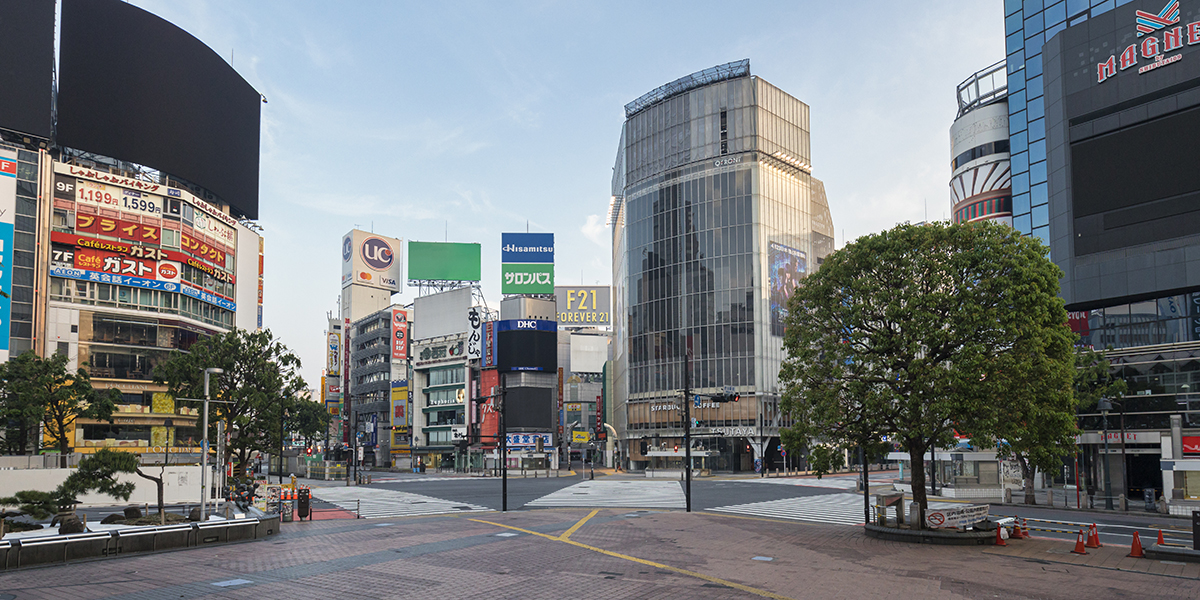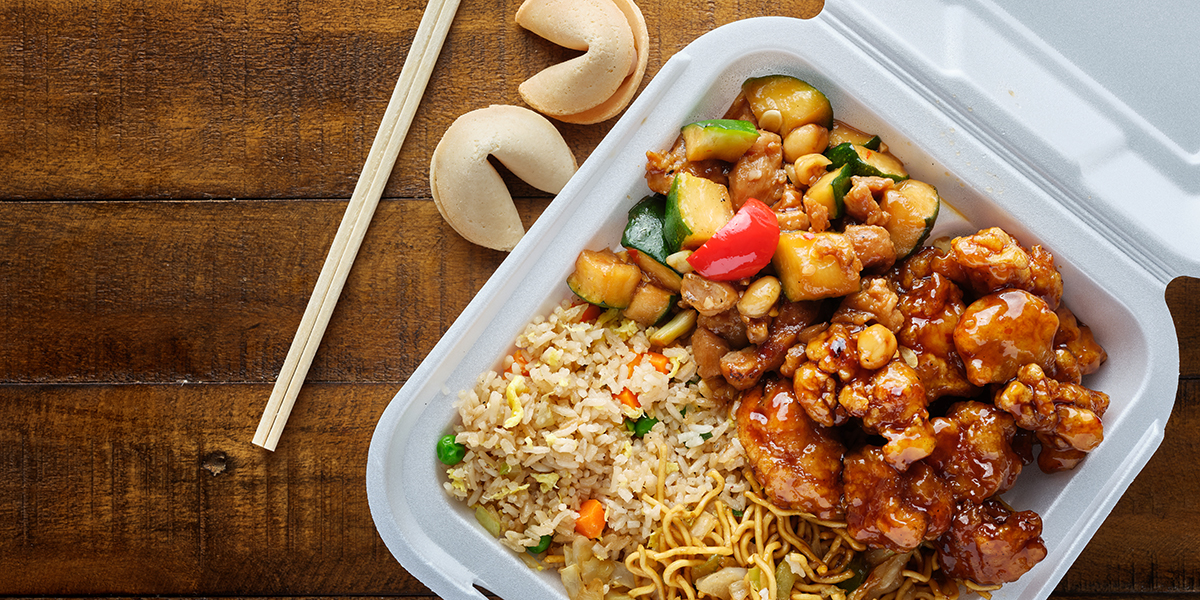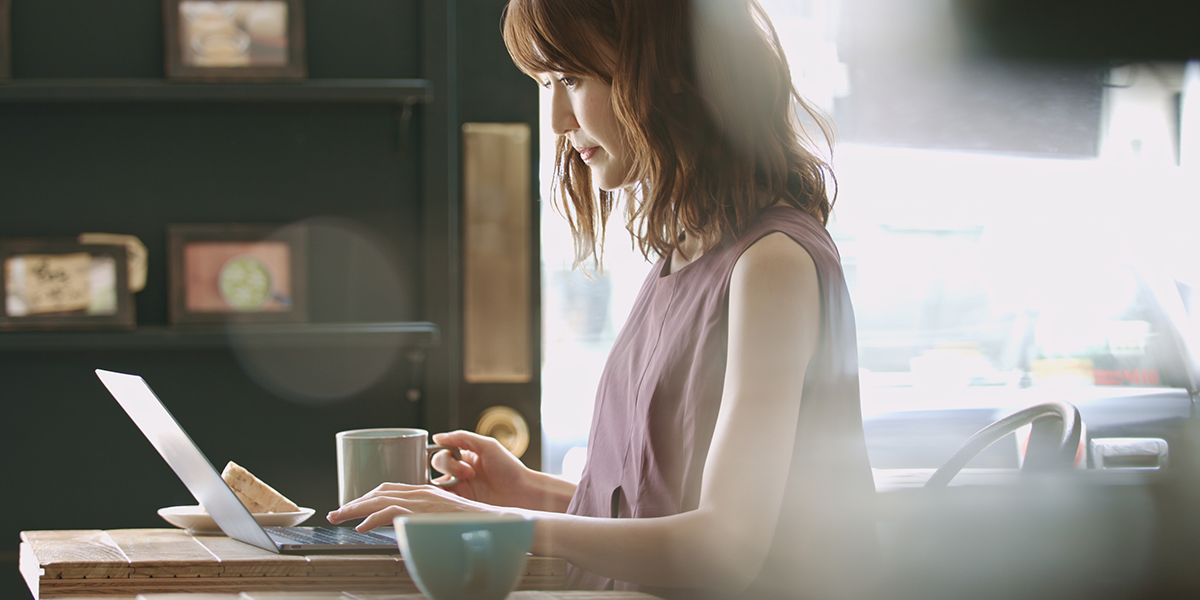|
Centrip Editorial Board
Changes in Japan: The positives to COVID-19?

If you have experienced life in Japan, you have noticed that Japan is a country where old and new mingle. They have the leading fashion trends in Asia, mixed with traditions that can be shocking to outsiders. This year COVID-19 has smashed into the world like a sledgehammer, but sometimes a crisis can be a turning point. With great disruption can come progress. Here we outline a few changes that have happened in Japan during the COVID-19 pandemic.
Table of Contents
- What is Japan's Virus Prevention Policy?
- Changes for Survival
- Fax machines are in use to report the number of people diagnosed with COVID-19
- Restaurants finally "allow" take out
- Rise of electronic payment
- Unique culture to Japan
- Social distancing? No problem! Online drinking parties!
- Wearing nice clothes for a video conference
- Celebrity Interactions Can't be Stopped! Online Handshaking and Concerts.
- Don't be afraid of eating and chatting! Introducing the hand-held mask
- Wrap-up
What is Japan's Virus Prevention Policy?

To prevent the increase in the number of COVID-19 infections, the Japanese government declared a state of emergency in April 2020, for nearly two months. As part of the precautions, they asked people to go out only for essential needs, such as going to the hospital, supermarket, or work. They requested that department stores, restaurants, movie theaters, and other non-essential businesses cooperate by temporary closures of their business.
In just one night, Japan became quiet. The usually downtown crowds were replaced with dark streets after work, as almost all of the lights were out. Few pedestrians were around, and every city felt like a ghost town. During weekends, most of the department stores and tourist attractions closed, with concerts and outdoor activities also canceled. Retail, catering, and tourism industries took a huge hit. The reality was if you cannot change how you operate your business, the only option is to close.
Changes for Survival
Japan is undoubtedly an advanced country, but its conservative and cautious nation character result in slow and sometimes no changes when compared to the rest of the world. They may be able to survive with business as usual for a few more years, but the COVID-19 pandemic has forced Japan to face some hard truths. Below we have outlined a few examples.
Fax machines are in use to report the number of people diagnosed with COVID-19

During the pandemic, the news that shocked both immigrants and native-Japanese was how healthcare facilities are still using fax machines to report the number of confirmed COVID-19 cases. For example, doctors send faxes to the prefectural government for statistics whenever a COVID-19 there is a diagnosis. They fax a single sheet of paper per patient. The problem is there are only two fax machines at the Tokyo government office, and faxes transmit so slowly. This results in many fax machine errors, so 111 patients went unreported, and 35 resulted in duplicate reports.
In response, the Japanese government launched an electronic system called HER-SYS for counting the number of patients in mid-May. As of the beginning of July, 28% of local governments had not yet implemented the system and chose to continue using faxes. Their reasons are they have to deal with a large number of patients at the same time, and they don't want to digitize the reports as it adds additional work for the doctors. Additionally, some cities such as Tokyo and Osaka already developed their statistical systems.
For many immigrants and visitors, Japan is considered a high-tech country but several out-dated procedures that surprise them still exist.
Restaurants finally "allow" take out

Another thing that upsets foreign residents and visitors when they come to Japan is the almost non-existence of take-out food, presumably due to hygiene concerns. If something happens to the food after the customer takes it, and food poisoning occurs, restaurants are responsible. They don't want to take the risk.
However, during the pandemic, people are avoiding eating out and choosing to eat at home. If restaurants don't start allowing take-out, they face closure. So, suddenly the number of restaurants that had take-out increased by 8.6 times*, even ramen shops, barbecue restaurants, and places previously considered impossible had it. Uber Eats saw massive success, with the number of users growing 2.6 times compared with the previous year.
Because of COVID-19, there are more options for take-out meals. For consumers, it is a real win.
*The number of restaurants offering take-out increased by approximately 8.6 times between April 1 to 28 compared to January 27 to February 23, 2020.
Rise of electronic payment

Japan lags far behind its contemporaries when it comes to electronic payments (credit cards, mobile payments, transportation cards, etc.), including China and South Korea. Although Japan is gradually introducing new electronic payment systems, with government support, starting at the end of 2019, COVID-19 is an obvious reason for quicker adoption. If we compare July 2019 with April 2020, the proportion of people who choose to pay entirely electronically increased from 4% to 10%, and the proportion of people who pay for more than half of their purchases electronically increased from 10% to 23%.
Cash exchanges pass through many hands, so if you touch cash, you need to disinfect your hands. During this period, the number of ATM transactions decreased, so naturally, there were fewer cash transactions. These are all reasons for the rapid increase in electronic payments. Another interesting reason is that many stores require social distancing before payment, making both lines and wait times longer. So if people pay by cash, it takes more time, which in turn can anger people in line. This may be one of the reasons why Japanese people, who generally paranoid about the gaze of others, choose electronic payment!
Unique culture to Japan
Japan has all sorts of weird and creative product inventions that many people all over the world admire. We can see that same creativity in use during the pandemic.
Social distancing? No problem! Online drinking parties!

The Japanese love getting together for drinks, but they know now is not the time. Now they prepare drinks at home and go online for video chats. This way, they don’t have to worry about drunk driving, nor do they need to spend too much on ordering drinks. You can even leave your hair a mess and wear what you want!
Online drinking parties have also solved the problem of solitude faced by many people who are social distancing. Now you can reconnect with friends who live abroad or get in touch with old friends.
Wearing nice clothes for a video conference

Working from home has become the new norm, but have popular magazines and clothing stores just given up on their business? Not at all! Popular magazines have features on clothes suitable for video conferences, how to do to your makeup for a video conference, and how to look young on video. Some of their tips include wearing bright colored tops, dresses with designs on the torso, and slim jackets with colorful buttons. They even teach lighting and angles. I wonder if the number of Youtubers will skyrocket after this pandemic is over!
While other countries seem to focus on how important being formal and not sloppy is, Japan is more concerned with how to look beautiful. This is a good example of the emphasis the Japanese put on appearance.
Celebrity Interactions Can't be Stopped! Online Handshaking and Concerts.

Now, in-person concerts and handshaking events in Japan are canceled. It has been a real blow to the entertainment industry here. Fortunately, many companies racked their brains and quickly launched online handshaking events, chat meetings, and concerts.
For example, HKT48, the sister group of the famous AKB48, originally used the gimmick of getting a chance to shake hands with a member if you buy their music as a way of promoting music sales. Now that they can't host handshaking events, they use LINE, the most popular chat app in Japan, for LINE's Face2Face service. This allows for online chat meet-ups, giving fans the chance to enjoy exclusive time with their favorite idols, in one-on-one situations. In addition to chat, you can also take commemorative photos together and send virtual flowers or letters to their idols.
Even better, let your favorite idol get a good look at your private room using online video! If you want to impress your favorite idol, put up as many of their posters and arrange their merchandise in your room as much as you can, and they are sure to fall for you.
Don't be afraid of eating and chatting! Introducing the hand-held mask
The design of the hand-held mask is the same as a European masquerade mask. A handle can is attached to the bottom of a mouthpiece so you can put it down while eating and hold it up while chatting to prevent droplets when speaking. After all, taking off your mask between every bite during a meal is a real pain. Holding the mask is both elegant and functional for preventing the spread of the virus.
Hand-held masks are an idea that came from a student at Kyoto Saga Art University and is still undergoing improvements. They are used in restaurants in Kyoto City, and perhaps this trend will spread countrywide in the near future.
Wrap-up
COVID-19 is having an unprecedented impact on the world. Everyone is trying hard to adjust themselves to new realities. Are the changes in Japan during the pandemic similar to the ones in your country? Were there any big changes around you? Let's work together to protect ourselves from COVID-19!
Click here to get the latest information on Central Japan.Centrip Japan - Nagoya and Chubu Information

